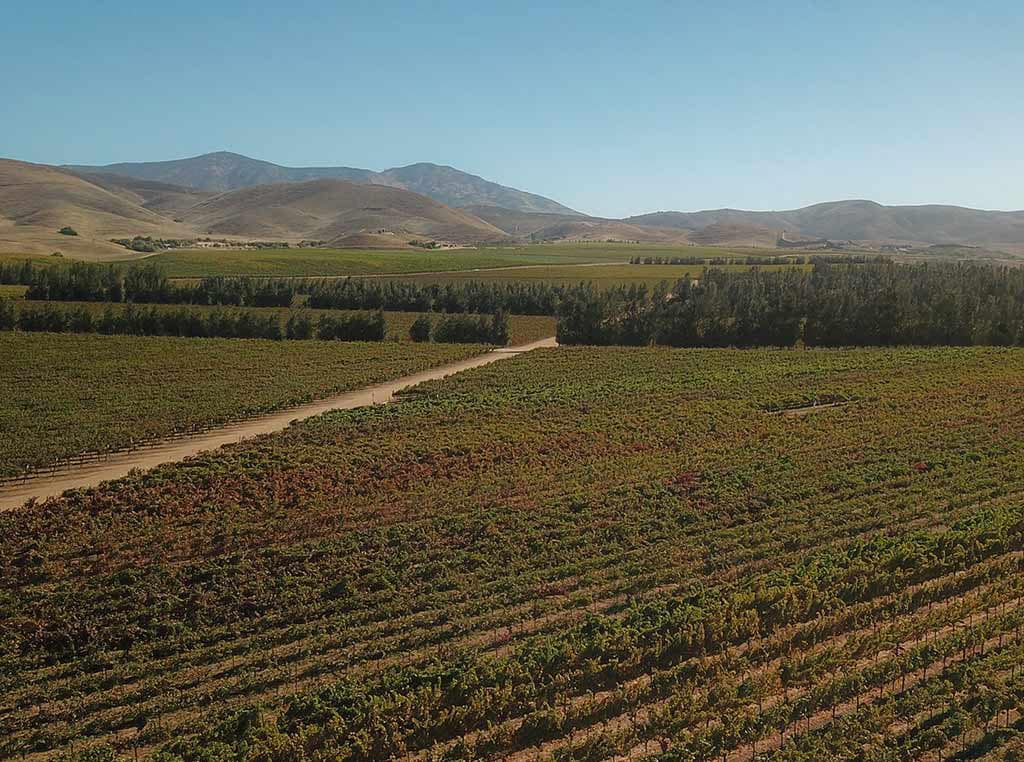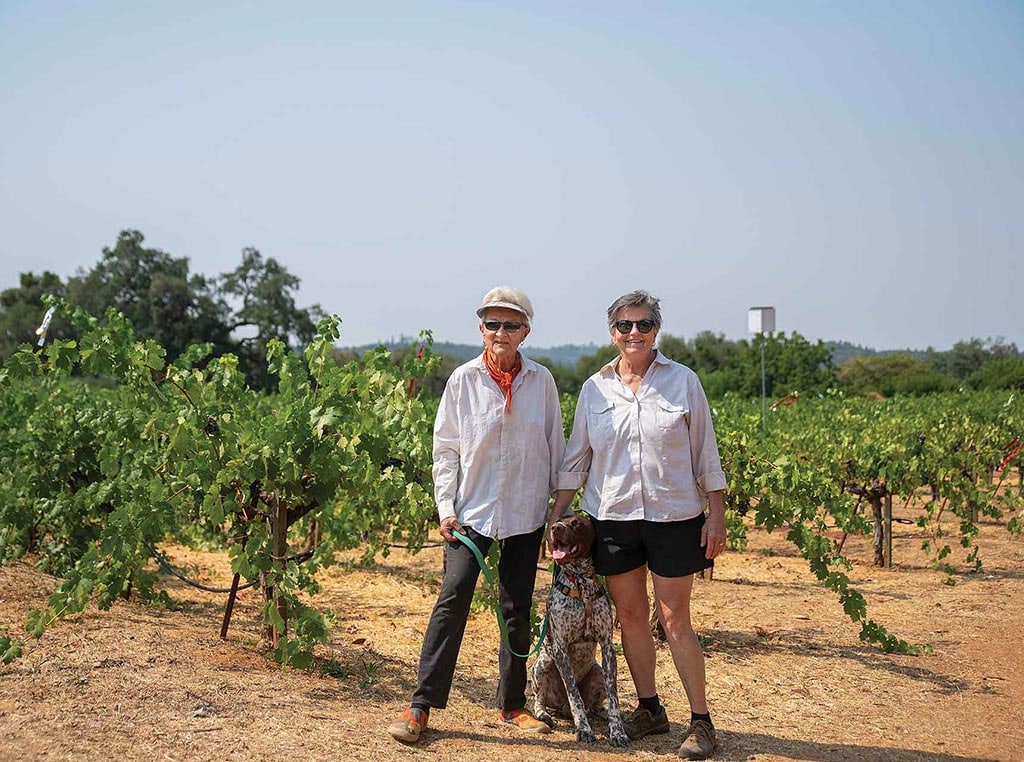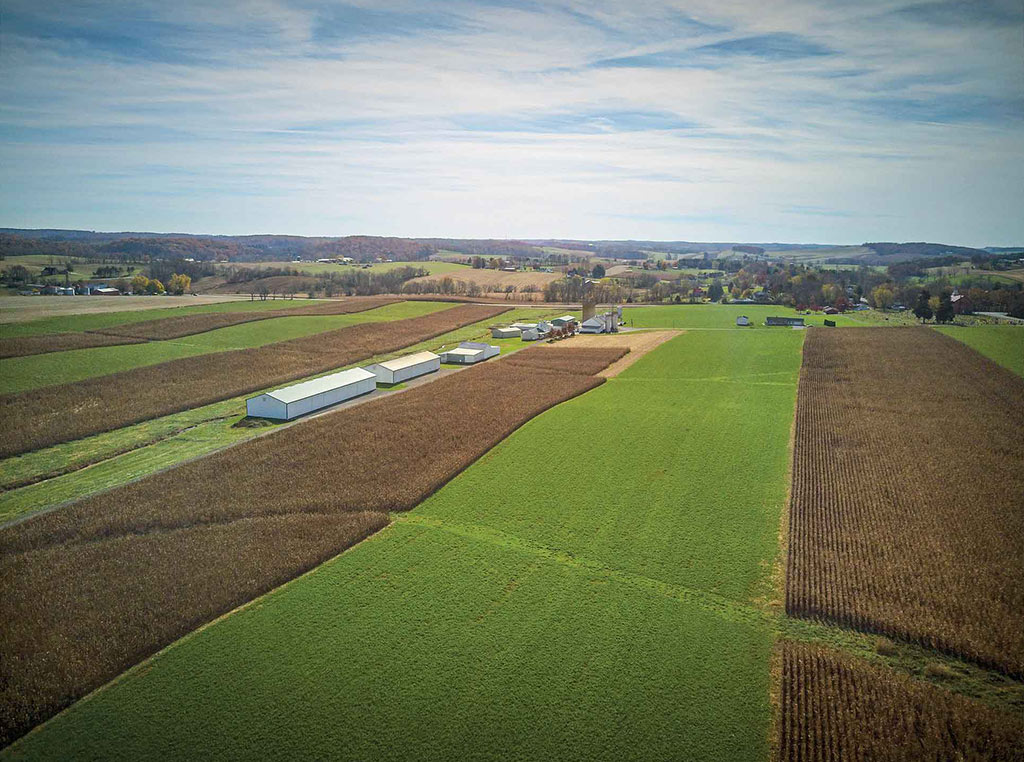Agriculture, Sustainability June 01, 2022
Dream Big
.
Ambitious easement program grows to landscape scale.
Less than 2 hours’ drive from New York City and Washington, DC, there’s a bucolic spread of corn and soybean fields, poultry houses, small towns, meandering rivers, beaches stretching to the horizon, and hunting that would get any bird dog’s tail wagging.
It’s the Delmarva Peninsula, which includes portions of Delaware, Maryland, and Virginia. Steve Kline, president of the Eastern Shore Land Conservancy (ESLC), and his team are working with conservation partners and leveraging existing coalitions on the Delmarva Oasis. Their goal: protect the landscape, and the local farming heritage, through voluntary conservation easements on 50% of the peninsula’s land.
Treasure. Kline likens the Delmarva to other natural treasures like the Everglades and the Prairie Pothole region of the Midwest.
“This is one of those places to protect an agricultural future, to protect and enhance biodiversity, to increase climate resilience,” Kline says. “It’s an ongoing, living experiment of ‘how do we protect a place that everybody agrees we ought to protect?’
That’s going to take a huge effort, a community effort,” he adds.
ESLC board member, peninsula farmer, and Delaware secretary of agriculture Michael Scuse notes that the effort starts at the grassroots with local land trusts and conservation groups and goes all the way up through state protection programs to the federal level, where conservation programs like the Agricultural Conservation Easements Program (ACEP) help fund permanent contracts.
Operating at the landscape scale requires a lot of coordination, Scuse notes. For instance, USDA and officials from Maryland and Virginia are sorting out technical issues that would allow the states to tap into the ACEP program, which the states’ current laws don’t permit.
On the peninsula, planners take a 30,000-foot view to target areas for growth as well as protection.
“You look at how we can start tailoring growth around existing municipalities where we’ve got infrastructure there to support that growth and ultimately save taxpayer dollars,” Scuse says. “And at the same time, you’re steering development away from our agricultural areas.”
Above, clockwise from top-right. Michael Scuse, Delaware’s ag secretary, signed conservation easements for his family’s Delmarva farms. The Delmarva Oasis aims to protect 50% of the peninsula’s land for conservation. So far, about 40% of the Virginia portion and 30% of Delaware’s and Maryland’s are protected. Conservation easements on farms are key.
Vital. Those agricultural areas are vital to the Delmarva Oasis program. The peninsula’s 6,500 farms cover 1.6 million acres, or half of its land area. In addition to providing open space used by wildlife—including migratory birds stopping along the Atlantic Flyway or overwintering—the farms are key elements of the peninsula’s history and ambiance.
David Satterfield, land program manager at ESLC, says conservation easements allow farmers to sell or donate the development rights to their land while maintaining ownership and the rights of future generations to farm or sell it. New crops or on-farm processing is generally well within the easements, he notes.
The value of the sale or donation is based on an appraisal, averaging about 63% of the fair market value of the land, Satterfield says.
Easements can include a cutout that would allow for a new house or plans for a non-farm business, Satterfield notes. Farmers not ready for a permanent agreement may start with shorter-term commitments with the Natural Resources Conservation Service or a group like Ducks Unlimited.
Scuse, whose own family’s farms are covered by easements, sees the Delmarva Oasis as an important investment in his grandchildren’s future.
“I don’t want them growing up in an area that’s wall-to-wall or road-to-road houses,” he says. “I want them to be able to hunt like I do. I want them to be able to fish like I do. I want them to be able to watch the ducks and the geese and the fields, and to watch the eagles fly over. That’s why I want to make this a reality.” ‡
Read More

AGRICULTURE, SPECIALTY/NICHE
Wild Idea
Native yeasts are the ultimate expression of terroir.

AGRICULTURE, SPECIALTY/NICHE
Retiring in the Valley
Trading steep streets for rolling hills.

